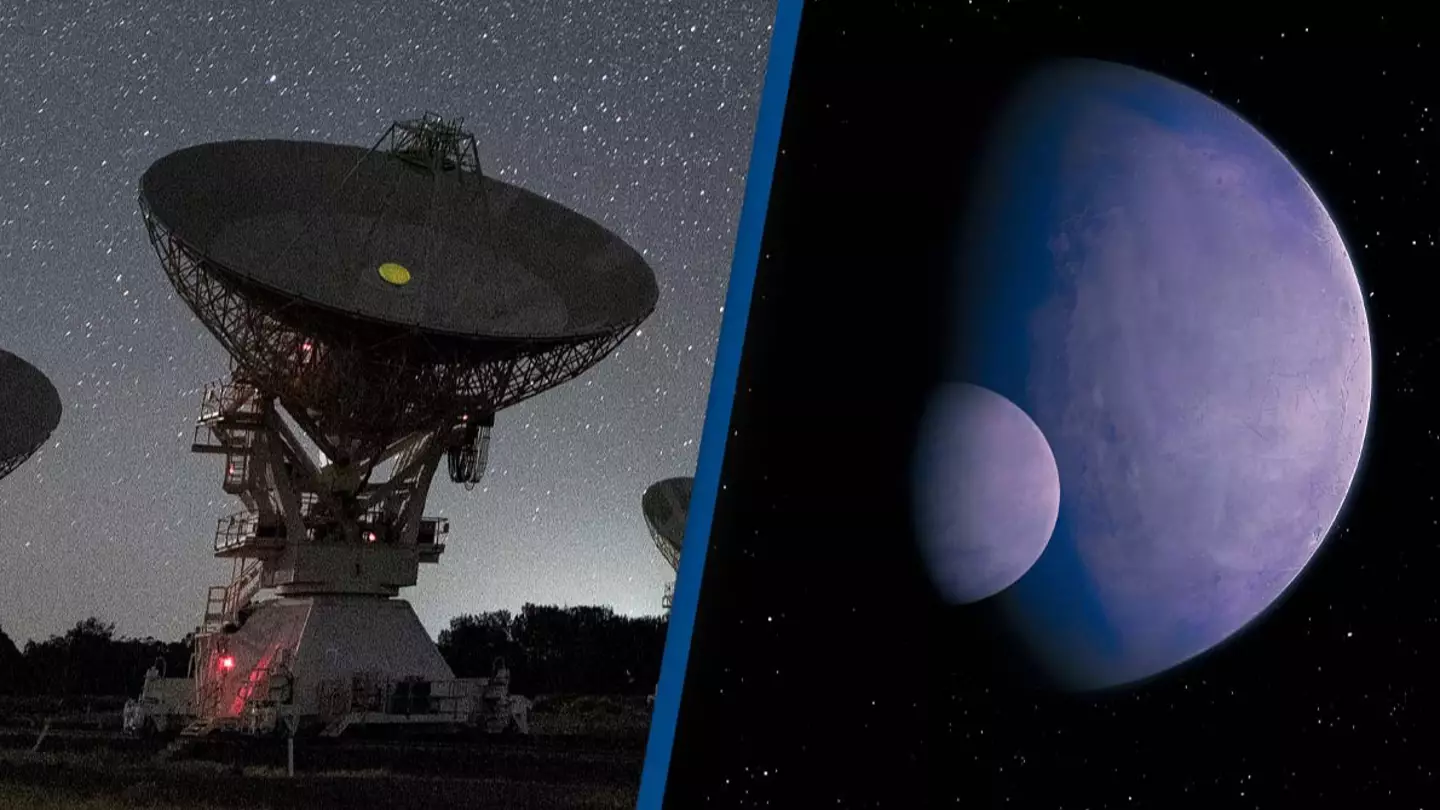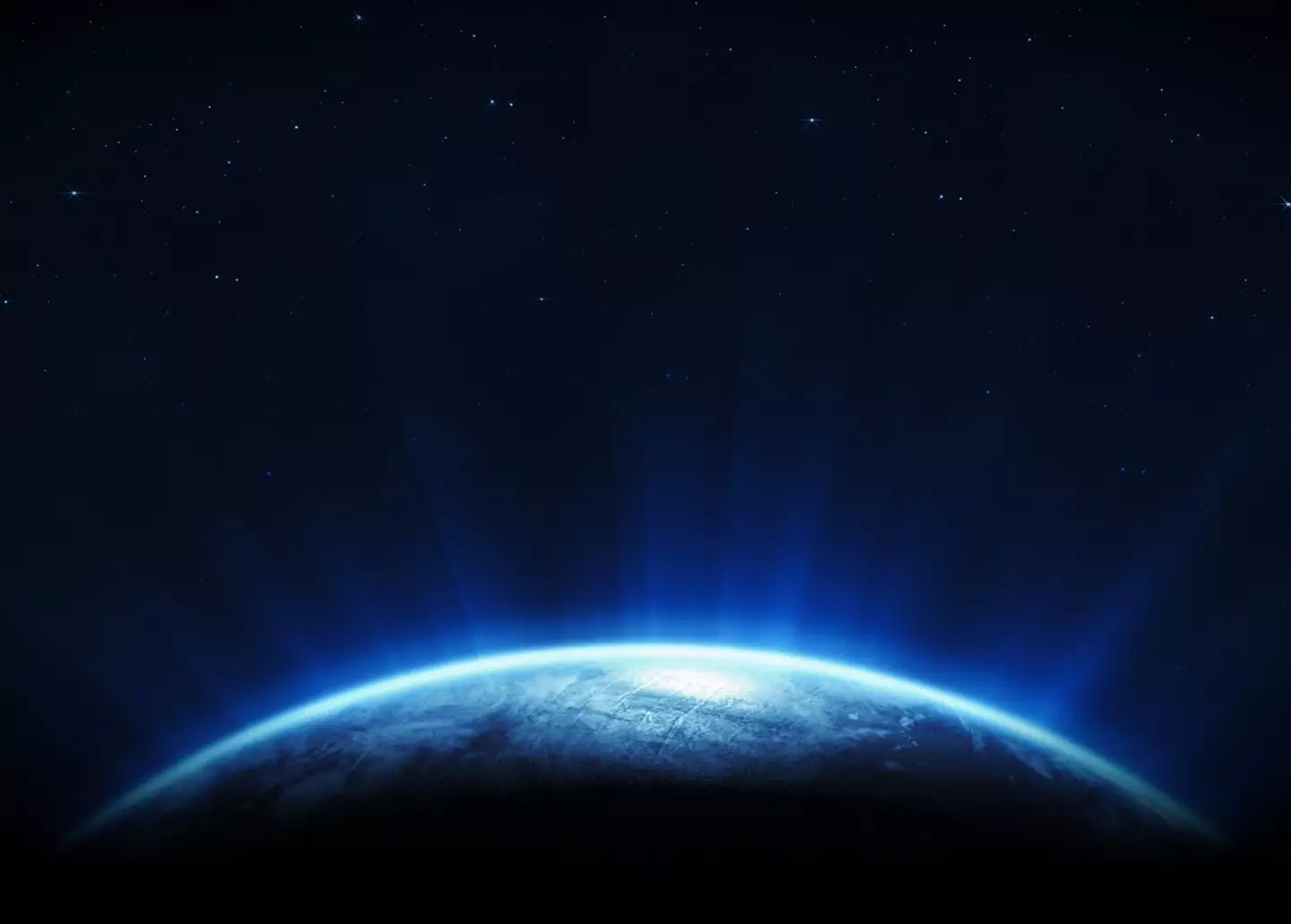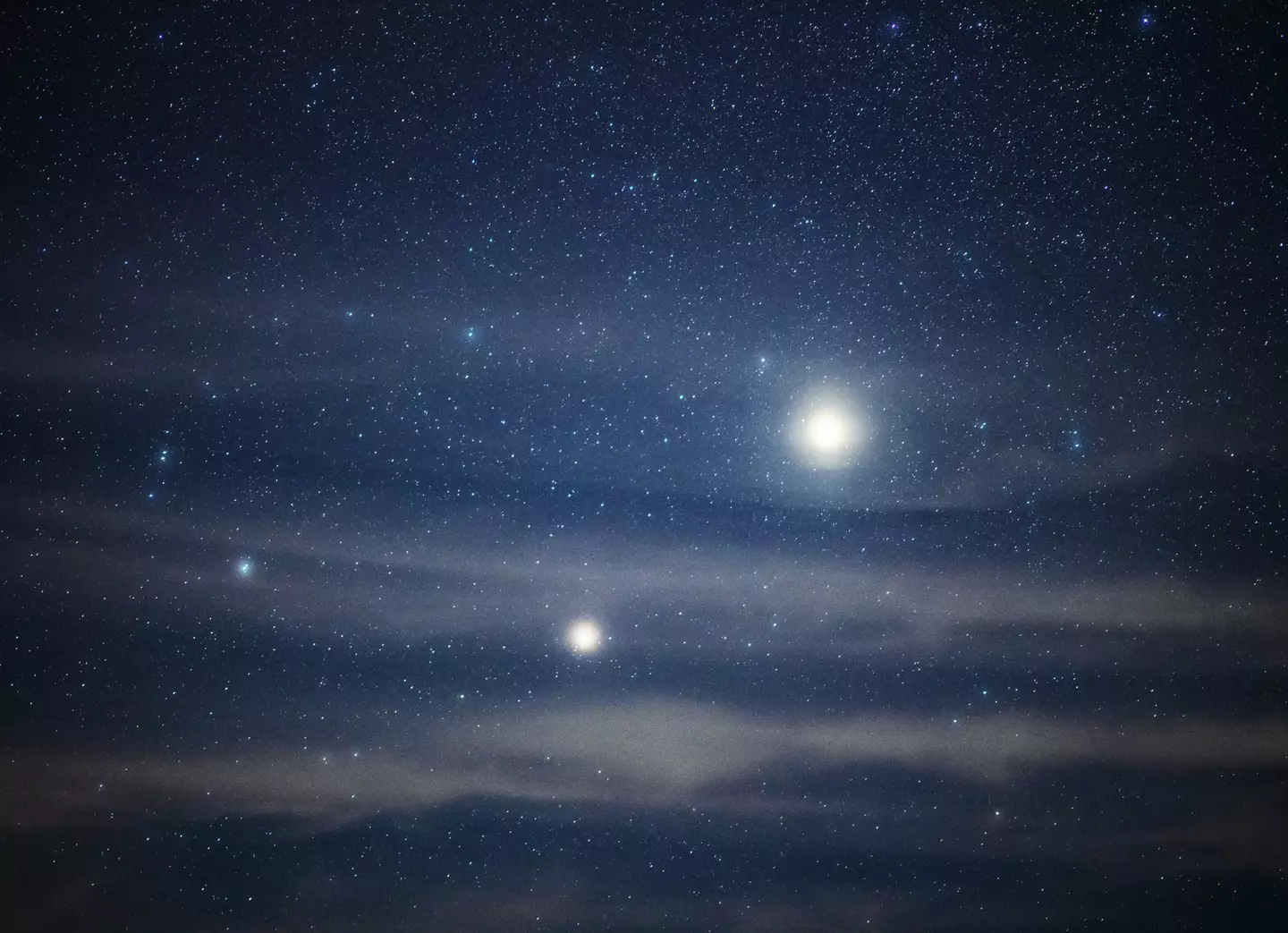
Scientists have broken their silence on a recent report that a NASA telescope found signs of alien life.
Last September, excitement grew surrounding a planet called K2-18b, a world around 125 light-years from Earth.
The observations came about thanks to NASA’s Hubble Space Telescope, which has prompted further studies about space as we know it.
Advert
Nikku Madhusudhan, an astronomer at the University of Cambridge and lead author of the September 2023 study, said: "Our findings underscore the importance of considering diverse habitable environments in the search for life elsewhere.

"Traditionally, the search for life on exoplanets has focused primarily on smaller rocky planets, but the larger Hycean worlds are significantly more conducive to atmospheric observations."
Team member Savvas Constantinou of the University of Cambridge added: "These results are the product of just two observations of K2-18 b, with many more on the way.
Advert
"This means our work here is but an early demonstration of what Webb can observe in habitable-zone exoplanets."
Since news came to light, speculation and excitement has grown over what could be sign of life on another planet.
However, scientists warned at the time that the detection was 'not robust'.
They also think that further work would be needed to confirm what was happening on the planet.
Advert
Researchers are now warning that the signal is not as clear as it might have initially seemed with the study.
The signal overlaps with methanes, with researchers believing that it's not possible at this stage to tell the two apart.
The latest findings were done by using computer models that simulated the physics and chemistry of both the molecule and the likely atmosphere that would be found at the new planet.

And those models concluded that there was no way the finding showed the presence of dimethyl sulphide.
Advert
The findings don't exactly rule out the signs of life being out there, with the latest findings revealing we haven't found anything just yet.
In the months and years ahead, scientists will continue to examine the planet with other methods.
So, while we may have no signs of new life just yet, it certainly may be on the cards in the future.
And the process of finding something new will hopefully be helped by the use of an instrument that is better at detecting infrared wavelengths than the one used in the study last year.
Advert
You can read how experts will go about their future endeavours in The Astrophysical Journal Letters.